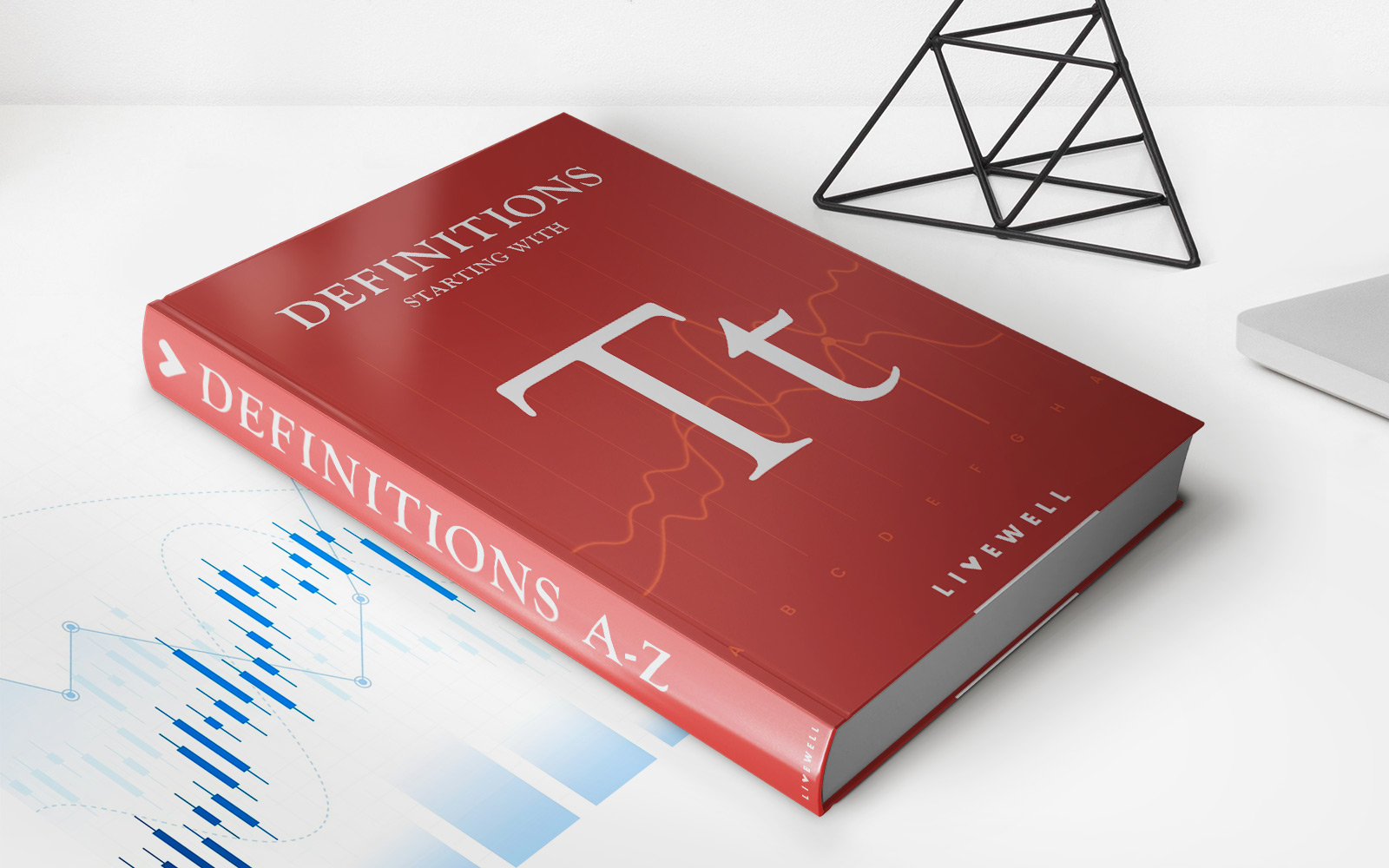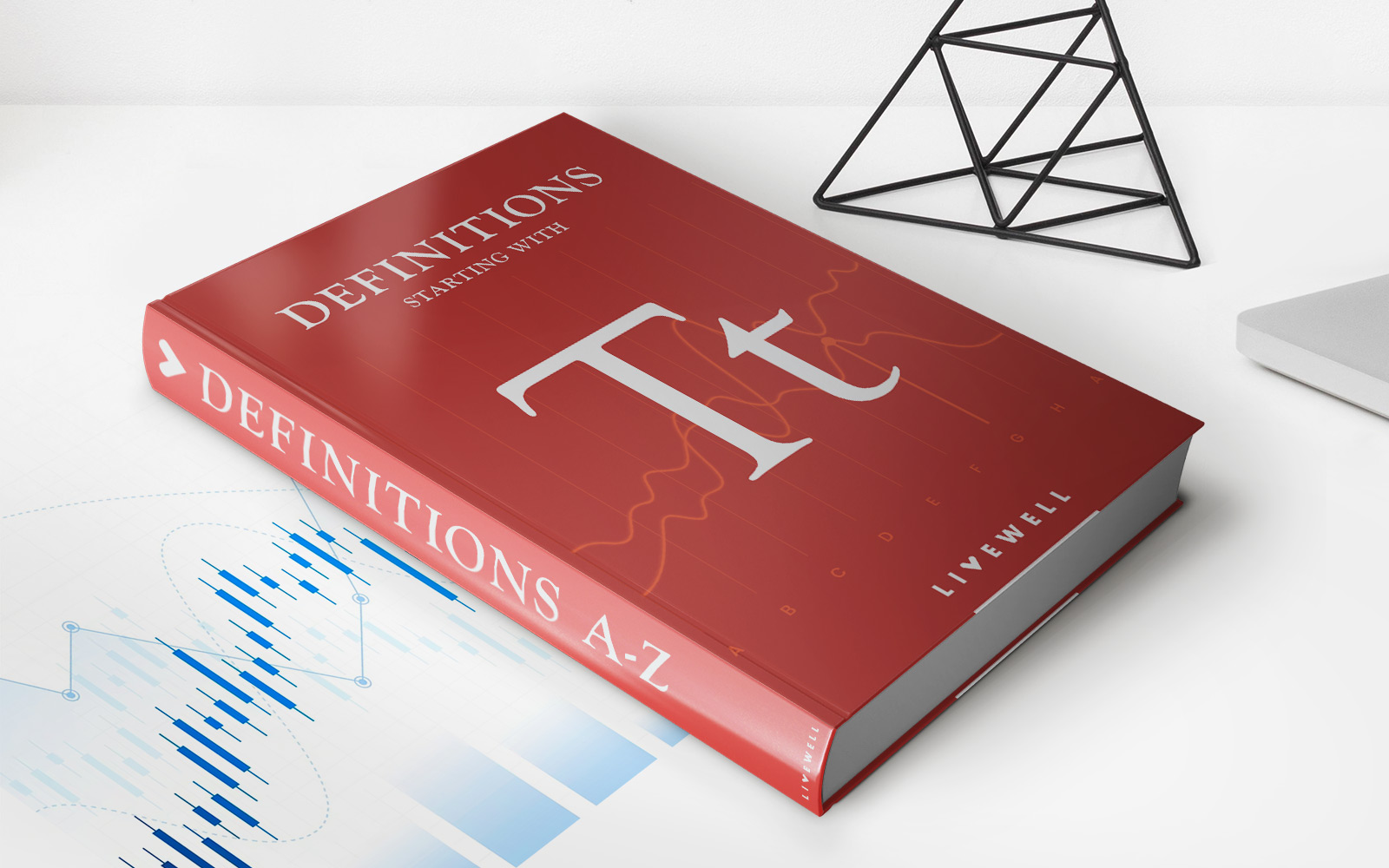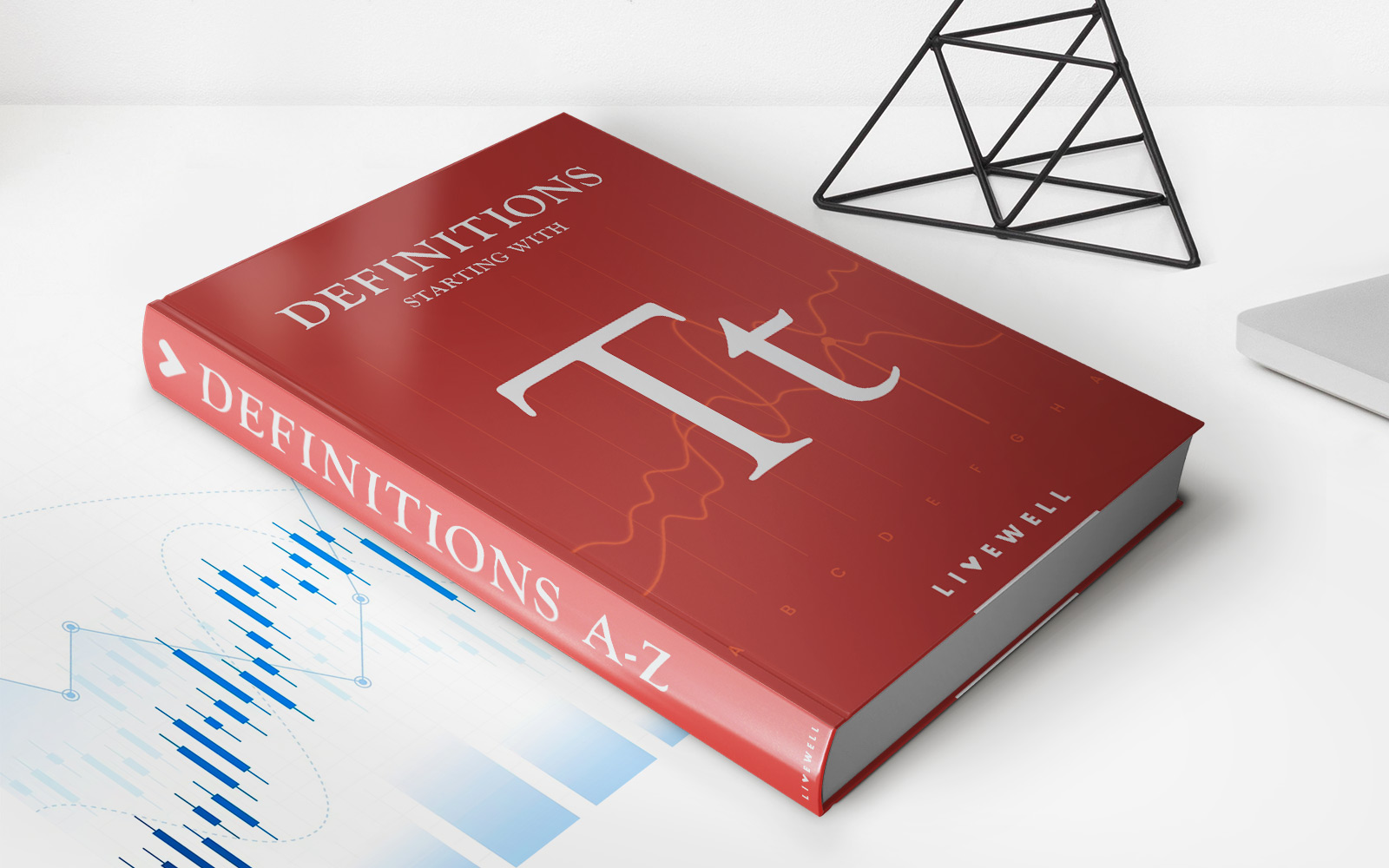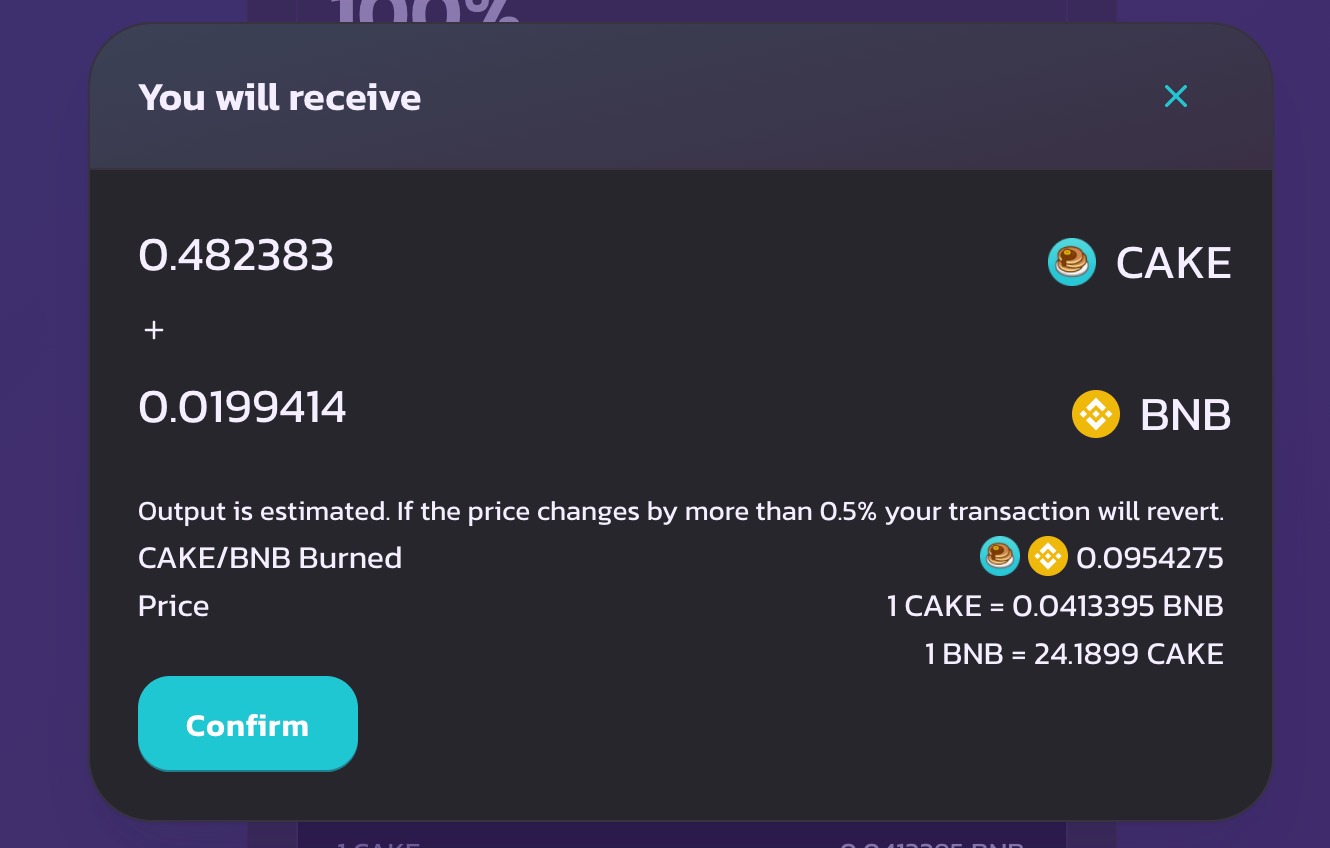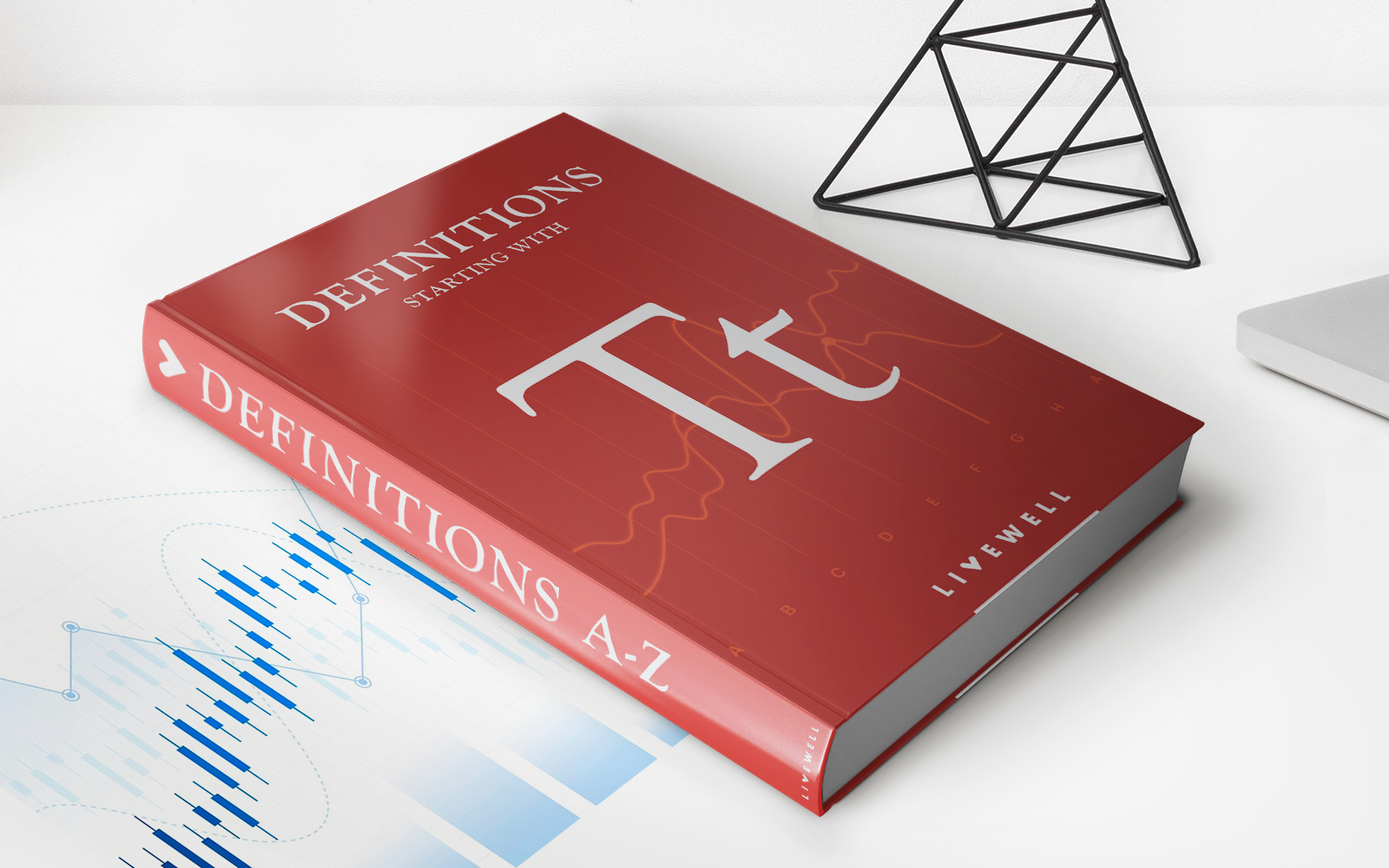

Finance
Treasury Offering Definition
Published: February 11, 2024
Learn the treasury offering definition and its significance in finance. Discover how treasury offerings can impact financial markets and investor portfolios.
(Many of the links in this article redirect to a specific reviewed product. Your purchase of these products through affiliate links helps to generate commission for LiveWell, at no extra cost. Learn more)
Treasury Offering Definition: A Beginner’s Guide
Welcome to our FINANCE category, where we delve into various financial concepts and provide you with easy-to-understand explanations. In this blog post, we will be discussing the treasury offering definition. So, if you’ve ever wondered what a treasury offering is and how it impacts the financial world, you’ve come to the right place! Let’s dive in and explore this topic in detail.
Key Takeaways
- Treasury offerings are a means by which the government or a corporation raises funds by selling securities to investors.
- These offerings play a crucial role in financing government operations, funding public projects, and allowing companies to expand or finance acquisitions.
What is a Treasury Offering?
A treasury offering is a financial term that refers to the issuance of new securities by the government or a corporation to raise funds. The securities can include treasury bills, bonds, notes, or even corporate stocks. These offerings are typically sold through public auctions or private placements and are an essential tool for the government and corporations to finance their operations and initiatives.
Now, you might be wondering how these treasury offerings work and why they are necessary. Let’s answer those questions.
How does a Treasury Offering Work?
When a government or corporation needs to raise funds, they can issue securities as part of a treasury offering. Investors then have an opportunity to purchase these securities in exchange for cash. The funds raised from the sale of these securities are used to finance various projects and initiatives. Here’s a step-by-step breakdown of how a treasury offering works:
- The issuer (government or corporation) determines the type of securities to offer, such as bonds or treasury bills.
- The issuer sets the terms of the offering, including the maturity date, interest rate, and any other relevant details.
- The securities are put up for sale through a public auction or private placement.
- Investors submit their bids, indicating the amount they are willing to invest and the price they are willing to pay for the securities.
- The issuer reviews the bids and decides which ones to accept based on various factors, including the price and quantity of securities requested.
- The accepted bids are allocated the securities, and the investors provide the funds to purchase them.
- Once the transaction is complete, investors hold the securities while the issuer uses the funds for their intended purposes.
Treasury offerings are highly regulated and closely monitored to maintain fairness and transparency in the market. Governments and corporations must comply with legal requirements and disclose relevant information to potential investors.
Why are Treasury Offerings Important?
Treasury offerings play a vital role in the financial world, serving several important purposes:
- Government Financing: Treasury offerings provide governments with a means to finance their operations, fund public projects, and bridge budget deficits. This helps to ensure the stability and continuity of government services.
- Corporate Expansion: For corporations, treasury offerings can be used to raise funds to fuel expansion plans, finance acquisitions, or invest in research and development. These offerings allow companies to access capital quickly and efficiently.
- Investor Opportunities: Treasury offerings provide investors with a wide range of opportunities to diversify their investment portfolios. They can choose to invest in government securities or corporate bonds based on their risk appetite and financial goals.
In conclusion, treasury offerings are an integral part of the financial landscape. They facilitate government financing, corporate growth, and provide investors with avenues for strategic investments. Understanding the treasury offering definition and how these offerings work can help both individuals and businesses make informed financial decisions.
We hope this beginner’s guide has shed some light on the concept of treasury offerings. Stay tuned for more informative blog posts in our FINANCE category!


